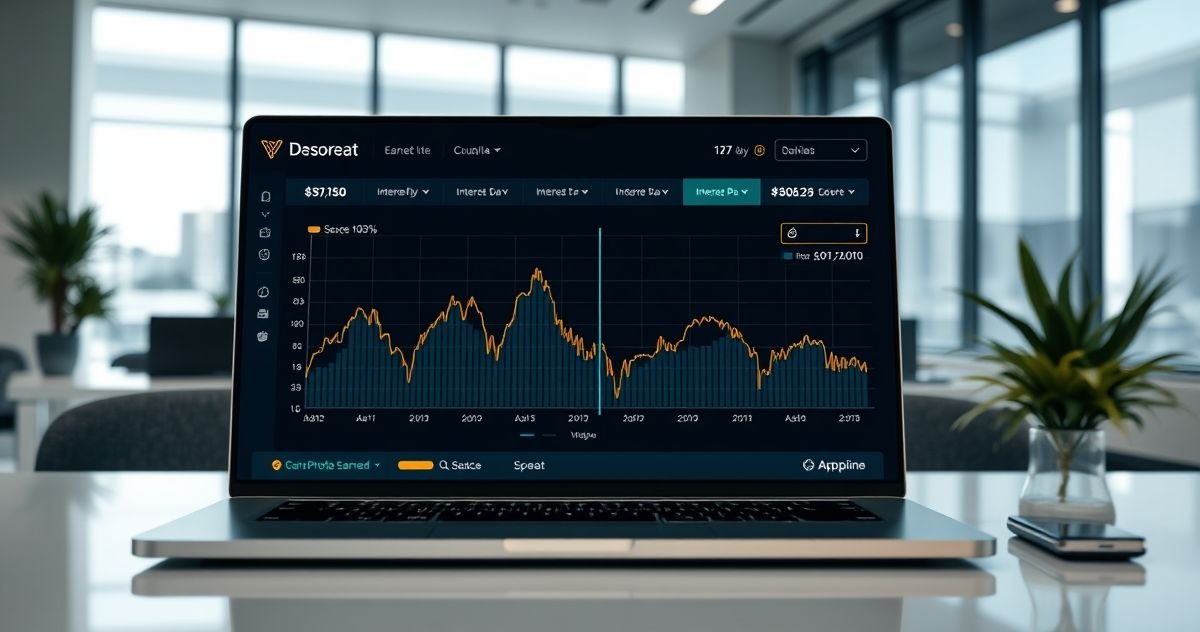The interest rate spread is a fundamental banking concept representing the difference between the interest rate a bank earns on its assets—primarily loans and investments—and the interest it pays on liabilities such as savings accounts and certificates of deposit (CDs). Essentially, it’s the margin banks earn by “buying” money from depositors at a lower rate and “selling” it to borrowers at a higher rate.
For example, if a bank pays an average interest rate of 1.5% on deposits but earns 7.0% on loans, the interest rate spread is 5.5%. This spread is a key indicator of a bank’s profitability and its ability to cover operating costs like staff salaries, rent, and technology.
This difference directly affects consumers with borrowing and saving products. When the spread widens, borrowers often face higher loan interest rates, while savers may earn lower returns on deposits. Conversely, a narrow spread can lead to tighter profits for banks, possibly resulting in reduced credit availability or higher fees.
Banks manage these spreads influenced by factors like Federal Reserve policies, economic conditions, competition, and lending risk assessments. For instance, when the Federal Reserve adjusts the federal funds rate, it impacts both the rates banks pay on deposits and charge on loans, indirectly influencing the spread (see Federal Reserve’s Role).
Understanding the interest rate spread also involves differentiating it from the Net Interest Margin (NIM). While the spread is the simple difference between two rates, the NIM represents net interest income as a percentage of interest-earning assets, offering a more precise measure of bank profitability.
To optimize your financial decisions, consider “shopping the spread”: seek financial institutions offering higher deposit rates and separately shop for loans with lower interest rates. This approach helps you benefit regardless of the overall spread a particular bank maintains.
For more on profitability measures, see our article on Net Interest Margin (NIM). Additionally, learn about how interest rates affect loans in our Yield Curve Impact on Loans entry.
Sources:
